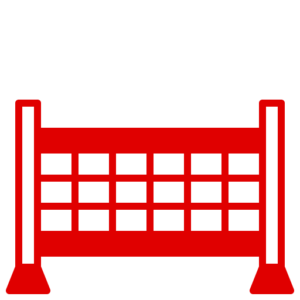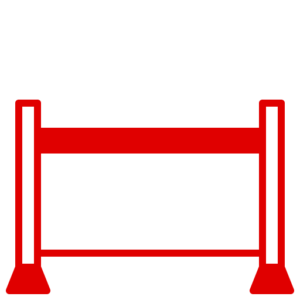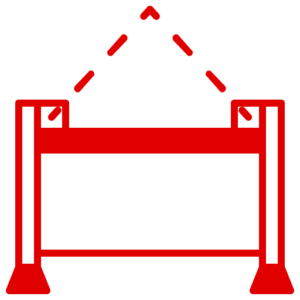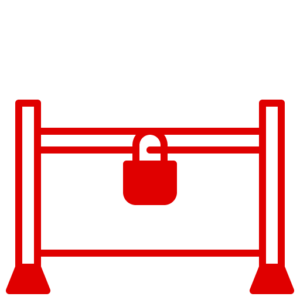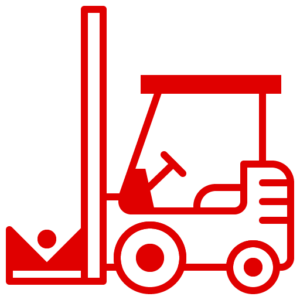News
Establishing PUWER-Compliant Storage and Stacking Practices for Stillages: A Lowe Stillages & Cages Perspective
At Lowe Stillages & Cages, we understand the integral role that well-organised and safely stacked stillages play in ensuring workplace efficiency and safety. With this in mind, we also recognize the importance of adherence to the Provision and Use of Work Equipment Regulations (PUWER) in establishing storage practices. These practices must not only foster organisation and efficiency but also uphold the safety and longevity of your stillages. In this blog post, we aim to guide you through a step-by-step approach to ensure your stillage storage and stacking operations are in full alignment with PUWER guidelines.
Assessing Stillage Storage Requirements
The journey to safe and effective stillage storage begins with the identification of your specific storage requirements. These requirements depend on various factors, including the type of materials stored, available space, and the layout of your workspace. Remember to consider any industry-specific guidelines or recommendations that may apply to your operations.
Setting Clear Storage Guidelines
Once you understand your needs, develop clear storage guidelines for your team. These guidelines should comprehensively cover aspects like the maximum stacking height, the proper arrangement of stillages in storage areas, and specific precautions for different types of stillages.
Regular Assessment of Storage Conditions
Maintaining safe storage conditions is a continuous process. Regularly inspect your storage areas for any potential hazards or obstructions that could impact the stability or accessibility of the stillages. Prompt resolution of any identified issues is key to maintaining a safe storage environment.
Prioritising Stable Stacking
Teach your team the importance of stable stacking of stillages to prevent potential collapse or toppling. This can be achieved through training on proper stacking techniques such as correct alignment of stillages, even load distribution, and compliance with safe stacking height limits.
Adhering to Load Capacity Guidelines
Your team should have a thorough understanding of the load capacity of your stillages and the importance of adhering to the manufacturer’s specifications. Train them to recognize signs of overloading and to avoid exceeding the load limits.
Implementing Secure Restraints
To prevent accidental movement or dislodgement of stillages during storage, employ appropriate restraints or securing mechanisms. These could include straps, chains, or interlocking systems designed to maintain stability.
Encouraging Good Housekeeping Practices
Good housekeeping practices significantly reduce potential hazards in the storage area. Ensure the area is kept free from debris, spills, or obstructions that could negatively impact the stability or safe handling of your stillages.
Conducting Regular Inspections
Regular inspections serve to identify any signs of instability, damage, or non-compliance early. Swift action to address any identified issues helps maintain a safe storage environment.
Fostering Employee Training and Awareness
Make training on storage and stacking guidelines a priority. Raising awareness about the importance of compliance with PUWER regulations and the potential risks associated with improper storage practices is vital.
Embracing Continuous Improvement
Lastly, make a habit of regularly reviewing and updating storage and stacking practices. Use feedback, incident reports, and changes in regulations to continuously improve safety and efficiency in the storage of stillages.
By adhering to these steps, you can ensure compliance with PUWER regulations and build a safer, more productive workplace. At Lowe Stillages & Cages, we’re passionate about supporting you to embed safety and efficiency at the core of your operations. Together, let’s create a workplace that is as safe as it is productive.

